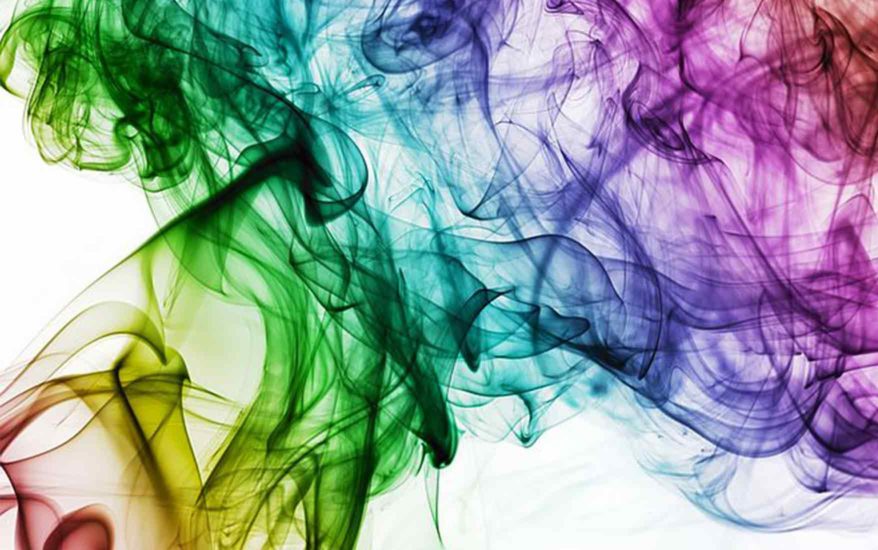
Colour has a major effect on our outlook and can fundamentally change how we respond to space, with our moods, emotions and feelings reacting to different shades and colour combinations. Take the fast food giants, their branding is perfectly designed for their target market, utilising a combination of red and yellow, the affect is speed and quickness, creating a high turnover of customers. Red creates feelings of appetite and hunger, while it’s branding partner yellow, emits a friendly and happy environment.
80% of UK office workers believe colour can affect their mood – British colour psychologist ~ Dr David Lewis
The workplace is no different to retail establishments and utilising the right colour palette can dramatically change the dynamics of your workforce. Offering a combination of agile and flexible work spaces with a range of colour, can become a powerful communication tool and can be used to signify different actions within your workspace.
“Colours, like features follow the changes of the emotions,” – Pablo Picasso
A recent study by the University of Texas found “bland grey, beige and white offices induced feelings of sadness and depression, especially in women. Men experienced similarly gloomy feelings in purple and orange workspaces.”
What colour should you choose in your workplace?
Some colours can be associated with increased blood pressure and metabolism, as well as eyestrain. However, other colours can have a positive effect on your performance. Carefully selecting colour in your workspace can be an influential source of employee inspiration, creativity and happiness. Big tech companies such as Google use A/B testing with colour to learn what colour makes employees more productive, they continually repaint workspaces to see how it affects their workforce.
A breakdown of colour
What do the colour experts say? Sonia Buckserg, Dulux Colour Expert advises, “businesses should always consider the use of colour to promote a positive image, as well to establish an environment where people will prosper.”
- Red: can be ideal for stimulating the brain which can sometimes increase heart rate and respiration rates. (Source)
- Blue and green: can have a calming effect. (Source)
- Yellow: is an optimistic colour that can help stimulate creativity. (Source)
- White: can be a good colour to make a space look bigger, and can inspire optimism. (Source)
We spend up to eight hours in the workplace, so it’s no surprise colour and space can affect our productivity and wellbeing. Ensuring you choose the right colour for your work environment can help reduce stress and depression whilst creating a sense of calm, happiness and creativity, and incorporating a colour palette into your flexible and agile workspace will help to revolutionise your business.
*This article was written by Claire Roper, UK Digital Communications Manager at Condeco.



